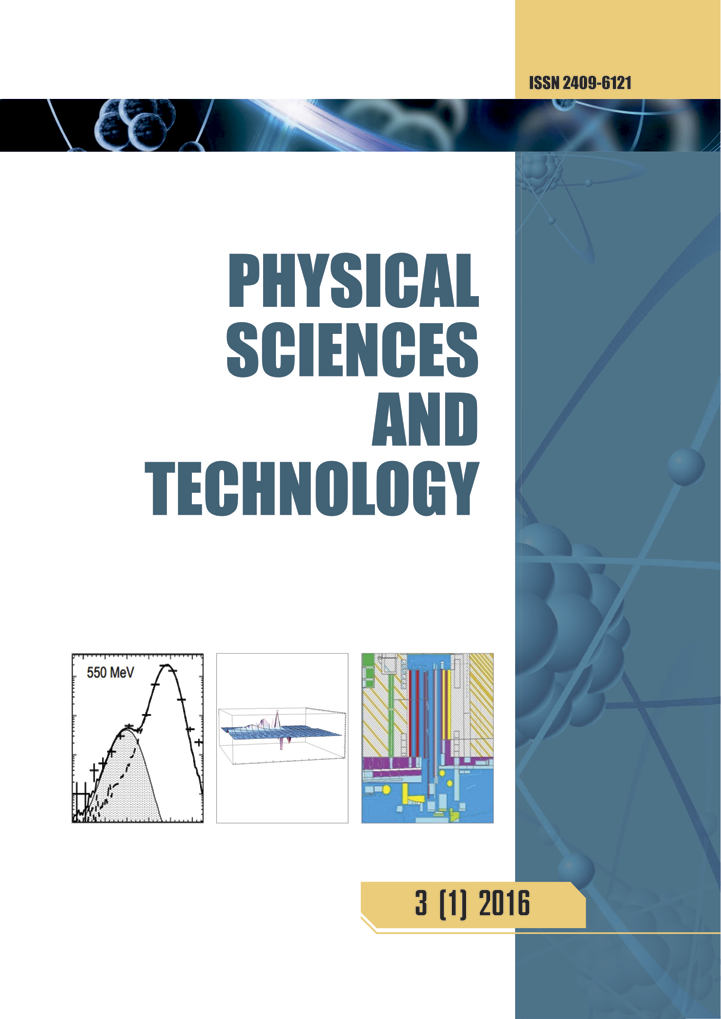Ternary cobalt-molybdenum-zirconium coatings: electrolytic deposition and functional properties
DOI:
https://doi.org/10.26577/phst-2016-2-108Abstract
Consistent patterns for electrodeposition of Co-Mo-Zr coatings from polyligand citrate-pyrophosphate bath
were investigated. The effect of both current density amplitude and pulse on/off time on the quality,
composition and surface morphology of the galvanic alloys were determined. It was established the coating Co-
Mo-Zr enrichment by molybdenum with current density increasing up to 8 A·dm−2 as well as the rising of pulse
time and pause duration promotes the content of molybdenum because of subsequent chemical reduction of its
intermediate oxides by hydrogen ad-atoms. It was found that the content of the alloying metals in the coating
Co-Mo-Zr depends on the current density and on/off times extremely and maximum Mo and Zr content
corresponds to the current density interval 4–6 A·dm−2, on-/off-time 2–10 ms. It was shown that Co-Mo-Zr
alloys exhibits the greatest level of catalytic properties as cathode material for hydrogen electrolytic production
from acidic media which is not inferior a platinum electrode. The galvanic alloys Co-Mo-Zr with zirconium
content 2–3 at.% demonstrate high catalytic properties in the carbon(II) oxide conversion. This confirms the
efficiency of materials as catalysts for the gaseous wastes purification and gives the reason to recommend them
as catalysts for hydrocarbon combustion.




